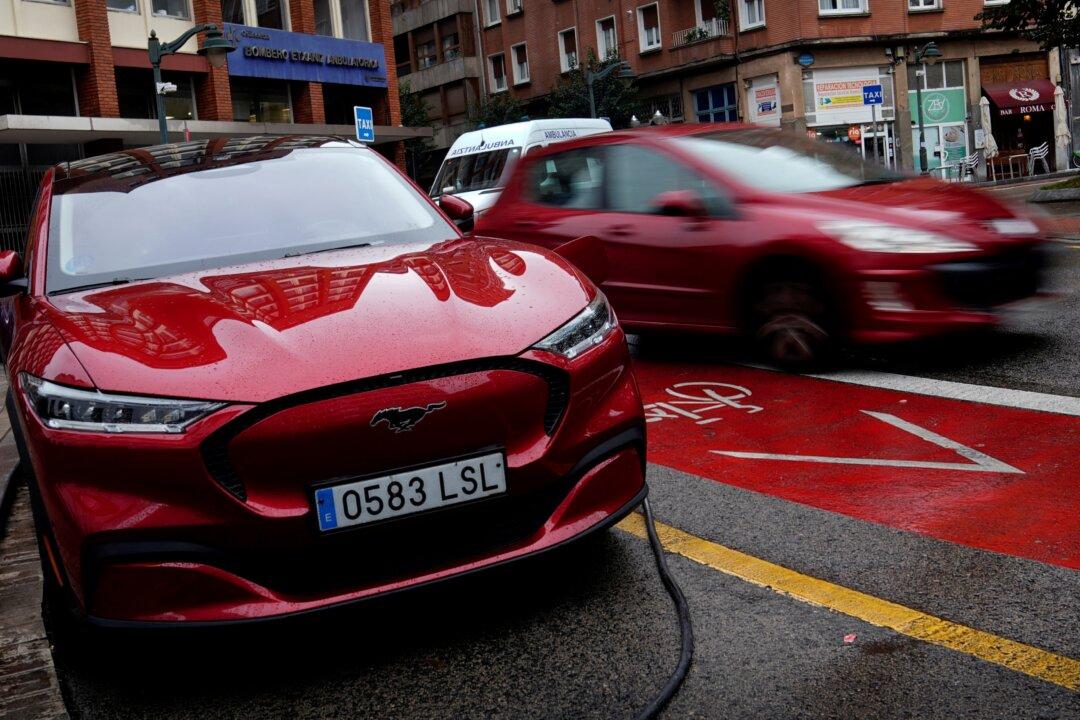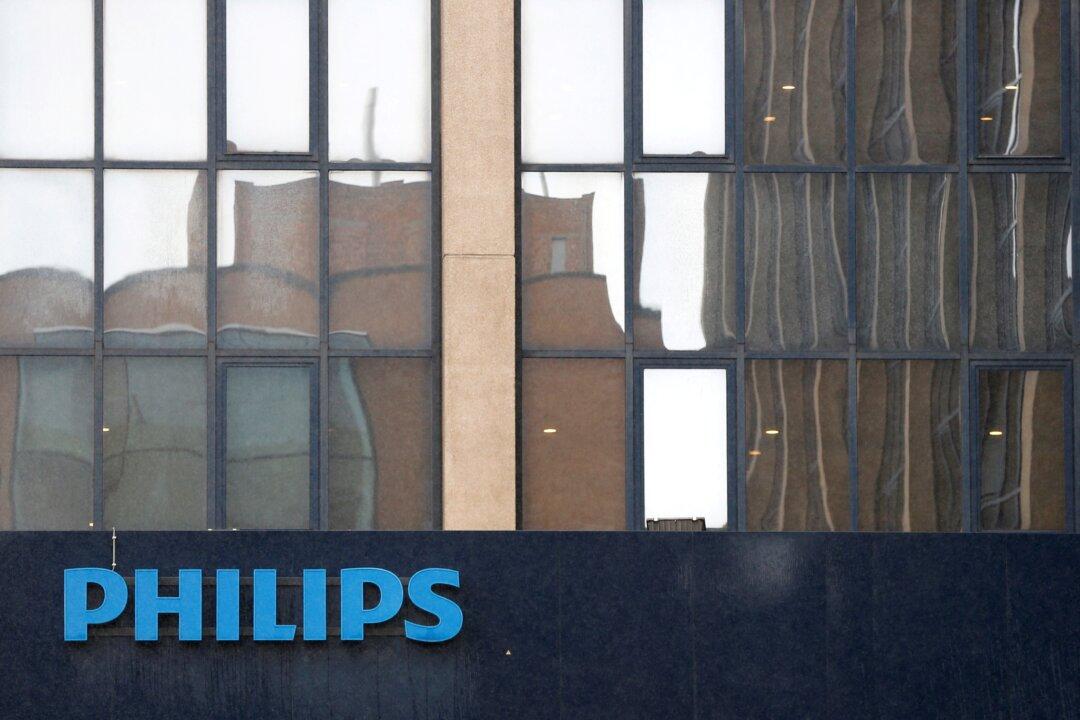As it stands, only 57 percent of American adults can be considered financially literate, according to a global survey by Standard & Poor’s.
A new initiative from fundraising website DonorsChoose.org and the Charles Schwab Foundation is aiming to change that with a new hands-on approach. Rather than kids reading about starting a business, why not actually open a school store? Rather than reading about concepts like supply and demand, why not start making T-shirts, and see if they can sell them?
The “Innovation Challenge” prompts teachers to craft creative FinLit projects, helps them get funded, and then monitors which ones pay off.
This year’s overall winner of an online fan vote: Students of Rapunzel Galang in Lanham, Maryland, undertook virtual-reality field trips to different historical landmarks through time. They did that using VR headsets—but first, they had to plan, budget, and pay for such trips, by researching about the places they wanted to visit.
Keep It Going
While 92 percent of teachers say financial education is important, only 12 percent actually undertake it—because they just don’t have the resources, said Cortese.To combat that with the Innovation Challenge, 15 of the top projects were developed into full lesson plans. Teachers across the country could then download them for free and use them in their own classes. The first 200 teachers who did so, and submitted a report on how it went, got a $250 credit to apply to future projects on the site.
The initiative has encouraged educators to think bigger and more creatively than just using a crowdfunding site like DonorsChoose to cover things like basic supplies. Since the Innovation Challenge first got started, “There has been a 66 percent increase in FinLit projects posted,” said Rianne Roberts, partnerships manager for the fundraising site.
When the Schwab Foundation first started partnering with the site in 2017, 350 teachers participated in its financial literacy campaigns, reaching 36,000 students. In 2019, by comparison, they have already reached 1,600 teachers and 250,000 students.
So far this year, Schwab donated $375,000 to the Innovation Challenge, and $500,000 total to DonorsChoose. Of those teachers who used the resulting materials, 98 percent said they plan to keep teaching financial literacy in schools.






